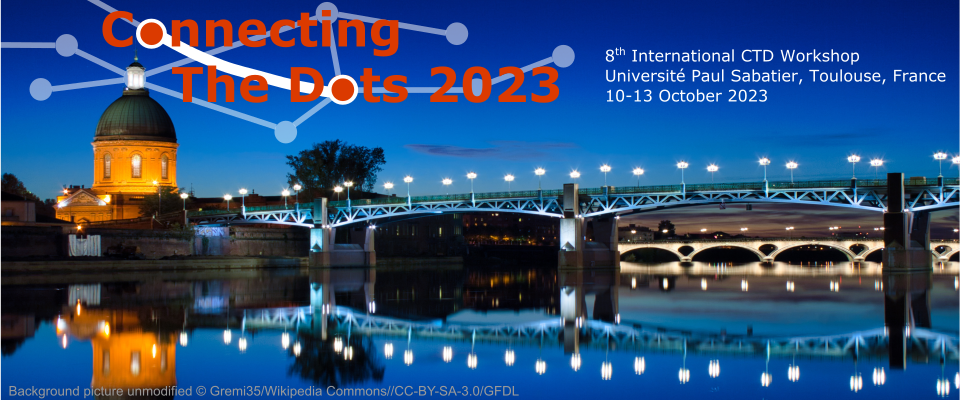Conveners
YSF Plenary
- Giuseppe Cerati (Fermi National Accelerator Lab. (US))
YSF Plenary
- David Rousseau (IJCLab-Orsay)
YSF Plenary
- Alexis Vallier (L2I Toulouse, CNRS/IN2P3, UT3)
Kalman Filter (KF)-based tracking algorithms are used by many collider experiments to reconstruct charged-particle trajectories with great performance. The input to such algorithms are usually point estimates of a particle's crossing on a detector's sensitive elements, known as measurements. For instance, in a pixel detector, connected component analysis is typically used to yield...
Over the last years, the ACTS software has matured in functionality and performance while at the same time the Open Data Detector (ODD), a revision and evolution of the TrackML detector, has been established. Together they form a foundation for algorithmic research and performance evaluation also for detectors with time measurements, like the ODD. In this contribution we present the...
The application of deep learning models in particle tracking is pervasive. Graph Neural Networks are applied in track finding, Deep learning models in resolving merged tracks, Transformers in jet flavor tagging, and GravNet or its variations in one-short track finding. The current practice is to design one deep learning model for one task. However, these tasks are so deeply intertwined that...
The Mu2e experiment plans to search for neutrinoless muon to electron conversion in the field of a nucleus. Such a process violates lepton flavor conservation. To perform this search, a muon beam is focused on an aluminum target, the muons are stopped in the field of the aluminum nucleus, and electrons emitted from subsequent muon decays in orbit are measured. The endpoint energy for this...
The application of graph neural networks (GNN) in track reconstruction is a promising approach to cope with the challenges that will come with the HL-LHC. They show both good track-finding performance in high pile-up scenarios and are naturally parallelizable on heterogeneous compute architectures.
Typical HEP detectors have have a high resolution in the innermost layers in order to support...
Graph Neural Network (GNN) models proved to perform well on the particle track finding problem, where traditional algorithms become computationally complex as the number of particles increases, limiting the overall performance. GNNs can capture complex relationships in event data represented as graphs. However, training on large graphs is challenging due to computation and GPU memory...
Accurate track reconstruction is essential for high sensitivity to beyond Standard Model (BSM) signatures. However, many BSM particles undergo interactions that produce non-helical trajectories, which are difficult to incorporate into traditional tracking techniques. One such signature is produced by "quirks", pairs of particles bound by a new, long-range confining force with a confinement...
At the High Luminosity phase of the LHC (HL-LHC), experiments will be exposed to numerous (approx. 140) simultaneous proton-proton collisions. To cope with such harsh environments, the CMS Collaboration is designing a new endcap calorimeter, referred to as the High-Granularity Calorimeters (HGCAL).
As part of the detector upgrade, a novel reconstruction framework (TICL: The Iterative...
We present a project proposal aimed at improving the efficiency and accuracy of Primary Vertex (PV) identification within the ‘A Common Tracking Software’ (ACTS) framework using the deep learning techniques. Our objective is to establish a primary vertex finding algorithm with enhanced performance for the LHC like environments. This work is focused on finding PVs in simulated ACTS data using a...
